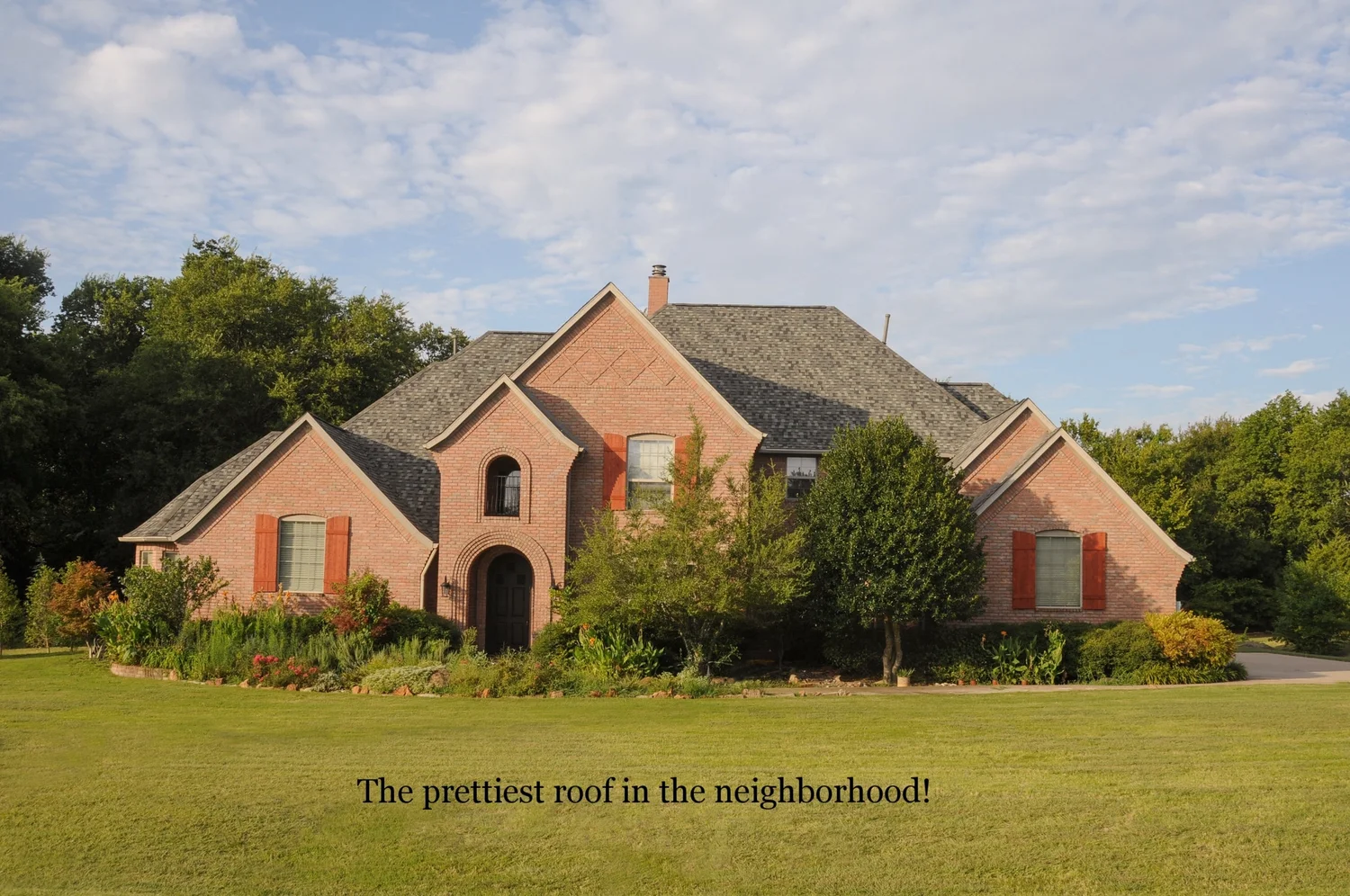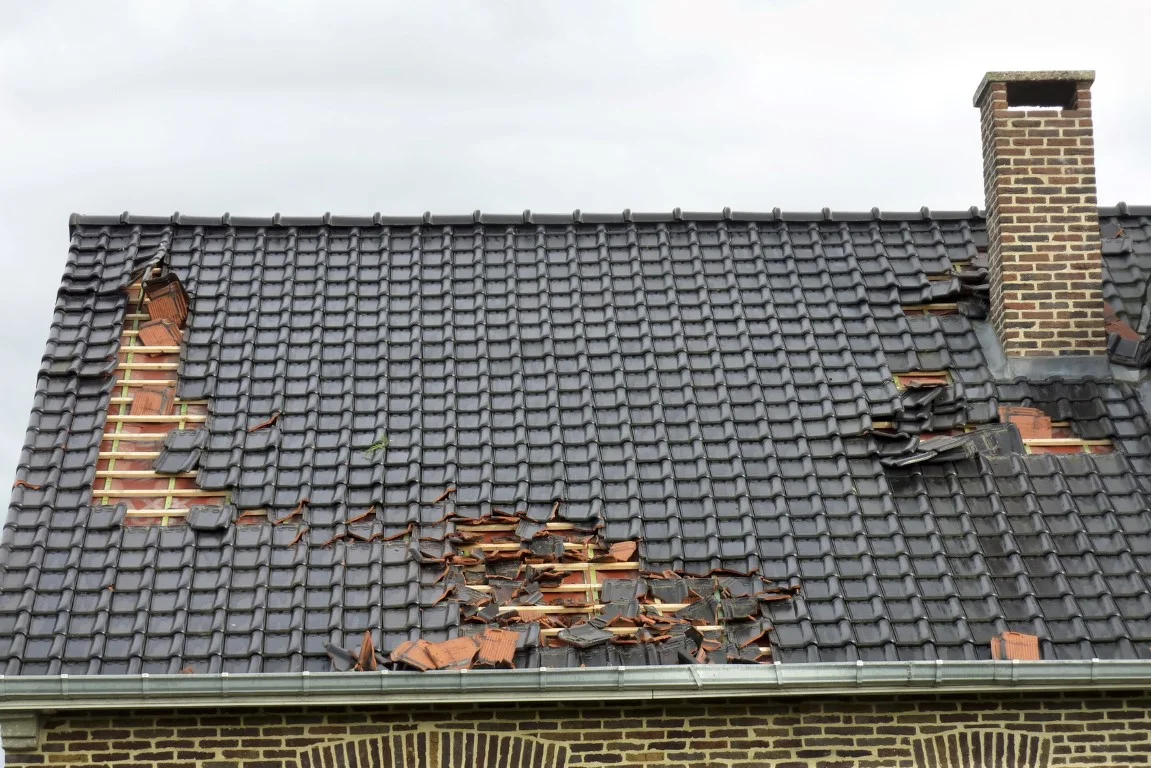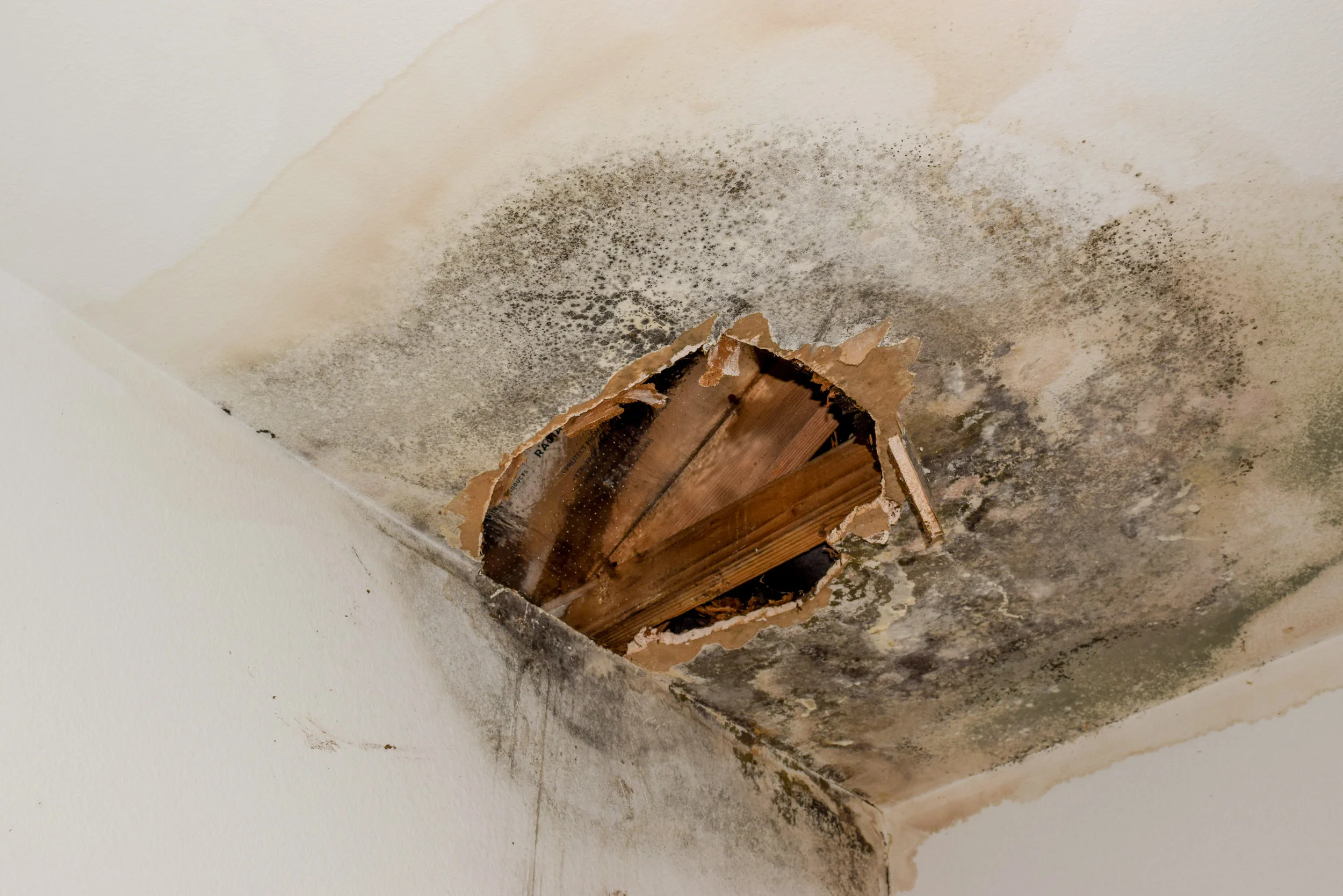To view this video, click on “North Texas Hail and Wind Storms - April 11, …” at the top next to the 8 on the upper left.
Wind Damaged Three Tab Roof
Extreme Hail Damage
This video is an example of how quickly a heavy shower of tennis-ball sized hail can cause a terrific amount of damage to homes, vehicles and last, but not least, animals who are out in the open and do not have access immediate access to cover will be injured and may also be killed.
Wind Damage
Official wind speeds are measured 33 feet above
the ground surface, and wind speeds decrease closer
to the ground. Thus, reported wind speeds may not
accurately depict those applied to a smaller structure,
especially a one-story residential or commercial building.
When wind forces are of sufficient strength to damage
building components, such damage often initiates at
the corners and edges of roofs or other areas with
geometric discontinuities.
Wind forces damage weaker or minimally attached
components first. Damage then progresses through i
ncreasingly stronger components according to the
magnitude of the wind forces.
Hail and Rain
Roofing Damaged by 2" Hail
Typically, hailstones must be 1 inch in diameter or
larger to damage roofing materials. The hardness of the
hailstones and the condition of the building materials
also affect the potential for damage from hailstone
impacts.
Impacting hailstones will leave evidence to indicate
their size, hardness, and directionality. Investigators
should look for spatter marks on oxidized or grimy surfaces, gouges in wood fencing and trim, and indentations in soft metals to determine the properties of hailstones at a specific location.
The level of hail-caused damage is most severe on those
surfaces of a building that are facing the storm.
Hail-caused damages occur at random locations on
surfaces facing the storm. Investigators should watch for patterns of damage or anomalies that occur in the same location on multiple components.
Like wind, hailstone impacts will damage weaker materials first.
Wind, Hail and Rain Damage months later ...
Over time wind, hail and rain continues to exacerbate damage that has already occurred.
Changes in humidity and temperature ranging from freezing cold to extreme heat will cause the roofing materials to warp, contract and expand thereby opening the chasms that will allow water seepage into your home damaging wallboard, wood, metals and painted surfaces while providing an environment allowing black mold, insects, rodents and other problems to accumulate.
What’s a beleaguered homeowner to do?
Give Howard Pearlman a call at 214 681-6396 and ask him for a complimentary hail map and ask him about caulking and placing temporary coverage to prevent further damage. He will also help you discover whether or not you may need a complimentary roof inspection.





